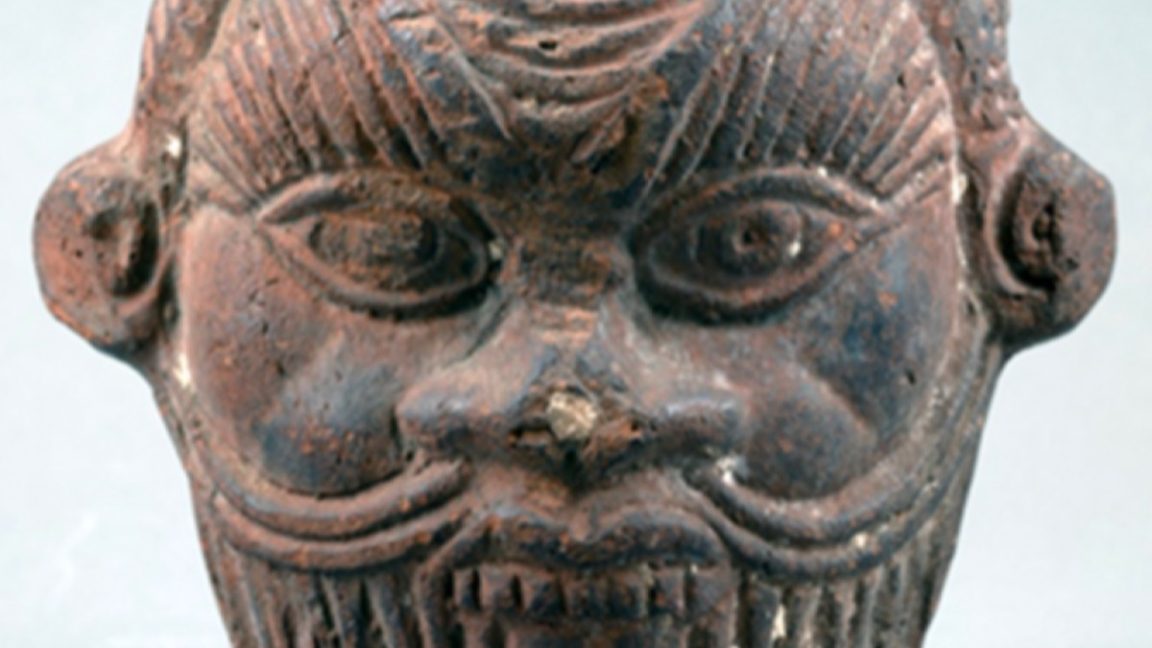
Archaeologists have long speculated about the purpose of such mugs and what kinds of substances they once held. Scholars have suggested they held sacred water, milk, wine, beer, kohl, perfume, or medicinal potions, but few have been tested for traces of organic compounds. One 2004 study looked for residues of animal proteins in 23 Bes vases, but the DNA analysis turned up just four positive results due to protein degradation and other challenges.
After collecting sample residues from the vessel, Tanasi applied various techniques—including proteomic and genetic analyses and synchrotron radiation-based Fourier-transform infrared microspectroscopy—to characterize the residues. Among the more intriguing results of Tanasi’s 2023 analysis was the presence of Syrian rue (Peganum harmala), whose seeds are known to have hallucinogenic properties that can induce dream-like visions, per the authors, thanks to its production of the alkaloids harmine and harmaline.
There were also traces of blue water lily (Nymphaea cerulea), which contains a psychoactive alkaloid that acts as a sedative; it’s one of several candidate plants that scholars believe might be the fruit of the lotus tree described in Homer’s Odyssey. Both were known to the Egyptians. In addition, he identified traces of a fermented alcoholic concoction containing yeasts, wheat, sesame seeds, fruit (possibly grapes), honey, and, um, “human fluids”: possibly breast milk, oral or vaginal mucus, and blood. (The traces of human skin were dismissed as likely contamination.)
Mysterious mugs
Since then Tanasi has expanded his analysis, resulting in this latest paper. Along with co-authors from the University of Trieste and the University of Milan in Italy, he conducted additional chemical and DNA analysis of a pulverized sample scraped from the interior of the Bes mug. Tanasi also created a 3D scan of the Bes mug in Sketchfab, primarily for public outreach purposes, although this also allowed him to calculate how much liquid the mug could hold (about 90 ml).

